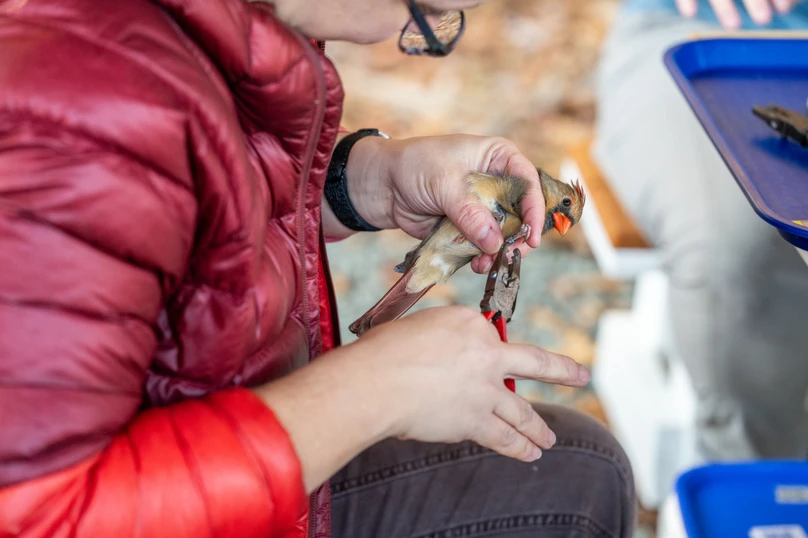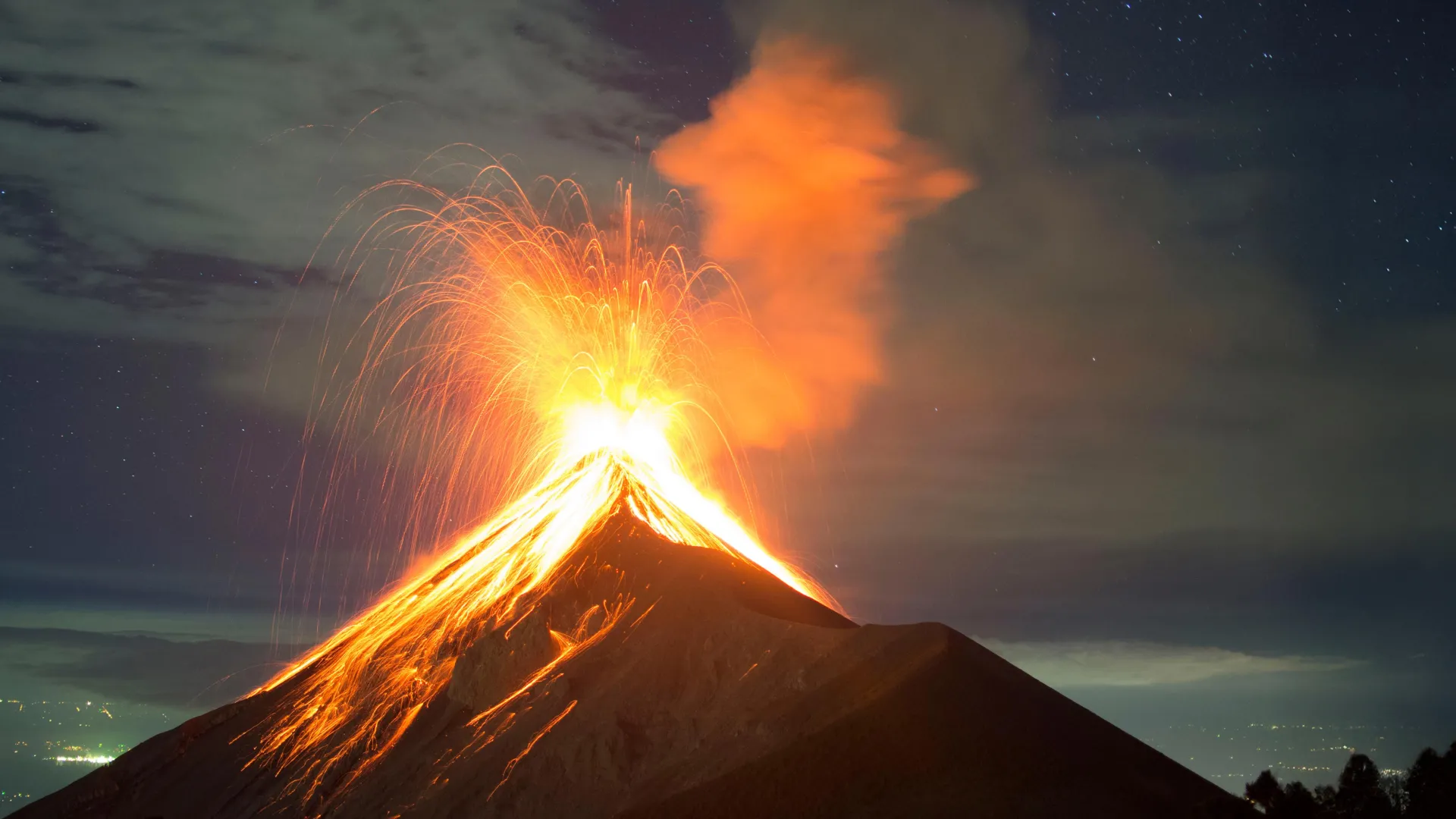PROTECT YOUR DNA WITH QUANTUM TECHNOLOGY
Orgo-Life the new way to the future Advertising by AdpathwayThe park ranger was a little impatient. “There is no grazing in John Day Fossil Beds,” she said, “because it is a national monument.”
I had asked her about cattle in this remote unit of the National Park System for a reason. After the recent agreement to remove almost all the long-standing ranches from Point Reyes National Seashore in western Marin County, I wanted some wider context. How unusual is it for national parks to contain commercial agriculture? Are such operations just historical vestiges, to be eased out over time? How does Point Reyes—along with adjacent parts of the Golden Gate National Recreation Area that are managed from Point Reyes—fit in?
Quite a few parks in fact allow, or have allowed, some form of agriculture, usually livestock grazing. A list prepared in 2011 found twenty such areas. John Day Fossil Beds National Monument, in semi-desert eastern Oregon, was one of them. But since the list was prepared, grazing at John Day, and in many other parks, has dwindled or ceased. Point Reyes joins a lengthy parade.
The ideal of the national park as an absolute nature preserve goes back a long way. “If we are going to succeed in preserving the greatness of the national parks, they must be held inviolate,” wrote one-time National Park Service director Newton Drury, who served during the 1940s. Agriculture is among the uses that this principle would seem to rule out (massive development for recreation, though common, would be another).
Surprisingly, perhaps, this vision is not fully expressed in the laws and regulations that govern the parks (meaning any area run by the National Park Service: some are called National Seashores, National Recreation Areas, etc.). First among these directives is the founding charter of the Service, the Organic Act of 1916. The Act states this overriding mandate: “to conserve the scenery, natural and historic objects, and wild life in the System units and to provide for [their] enjoyment … in such manner and by such means as will leave them unimpaired for the enjoyment of future generations.”
Doesn’t this language rule out agriculture? Well, maybe not. Scenery. Natural objects. Historic objects. Wildlife. At least two items on this list—scenery and history—have been construed to allow the continuation of agriculture in some places.
The Organic Act also says this: “The Secretary of the Interior may . . . grant the privilege to graze live stock within any national park, monument, or reservation . . .” as long as the use is “not detrimental to the primary purpose” for which an area was set aside. This language was inserted at the insistence of none other than William Kent, the savior of Muir Woods, Marin County’s Congressman, and an owner of Nevada ranchland himself. So a local voice had much to do with defining this national policy.

William Kent. Harris & Ewing, photographer – Library of Congress Catalog
The regulations flowing from the Organic Act are correspondingly flexible. In the Park Service’s Management Policies, last updated in 2006, we read that agriculture may be allowed if it “does not result in unacceptable impacts to park resources, values, or purposes.” A rule favoring historical farming practices over modern ones is waived if operations “contribute to the maintenance of a cultural landscape.” Similar language favors grazing “when required to maintain a historic scene.”
But do these guidelines allow ranchers and their animals to live in parks, to go home to houses and barns there, as has been the case in Marin County? On the face of it the language doesn’t say. While there are still about a dozen cases of grazing in western parks, the only other model for park-resident agriculture is found back east and involves small farms, not sprawling pasturelands.
Cuyahoga Valley National Park in Ohio was established as a National Recreation Area in 1974. At Cuyahoga, the park service acquired much cropland and mostly let it go fallow. The result was the deterioration of old buildings and closing in of woodland on former clearings. The public felt these changes as a loss. In 1999, the park decided to bring back some of the farms—with new resident farmers. Eight tenant operators now sell their organic produce and meat locally, under leases as long as sixty years. The experiment seems to have few detractors. “It’s a program I love talking about,” says Cuyahoga’s Pamela Barnes.
In the case of Point Reyes National Seashore and the adjacent Golden Gate National Recreation Area, not one but three different Congressional directives apply.
 The General Plan Amendment for the Point Reyes National Seashore (courtesy of NPS). Land near Bolinas and north of Olema was added by the 1978 law.
The General Plan Amendment for the Point Reyes National Seashore (courtesy of NPS). Land near Bolinas and north of Olema was added by the 1978 law. The Seashore was established in 1962 “for purposes of public recreation, benefit, and inspiration.” One of the first parks ever to be built by government purchase of private property, it incorporated foggy coastal lands that had been dairy farms for a century. The legislation also delineated a “pastoral zone” within park boundaries. Ranches here would remain private property so long as they stayed in agricultural use. This provision was not a concession to agriculture, but a means of keeping a politically scary price tag down, reducing the cost of land acquisition. In the early 1970s, the government in fact bought up all the lands in the pastoral zone. Many sellers took a reduced price in return for the right to stay in place for as long as 25 years.
The controversy in those days was not about ranching but about proposed recreational development. In its earliest plans for Point Reyes, the Park Service projected such “improvements” as a clifftop parkway from Bolinas to Limantour. In 1976, Congress issued a stern correction: the park “shall be administered … without impairment of its natural values, in a manner which provides for such recreational, educational, historic preservation, interpretation, and scientific research opportunities as are consistent with, based upon, and supportive of the maximum protection, restoration, and preservation of the natural environment within the area.” This might be the most specific instruction given to park planners anywhere in the country.
What this guidance might mean for continued ranching didn’t get much press at the time, but NPS director Gary Everhardt warned that it would be “generally inconsistent with grazing.”
A quite contradictory message was sent two years later in the Parks and Recreation Act of 1978. Known fondly as the “parks barrel,” this law was the project of another powerful local representative in Congress, Phillip Burton of San Francisco. The act added additional ranchland near Bolinas to the Seashore, and explicitly authorized agricultural leases on the new acreage, even to tenants unrelated to the original ranch families. A report by the House Interior Committee went further: “The use of agricultural leasebacks is encouraged to maintain this compatible activity, and the secretary is encouraged to utilize this authority to the fullest extent in ensuring perpetuation of this use.”
 Congressman Philip Burton (NPS/Public domain)
Congressman Philip Burton (NPS/Public domain)This wording reflected a big swing in public and official attitudes. Agriculture, once regarded as a mere placeholder till urban development came, had come to be seen as a bulwark against sprawl, and as an asset in itself. A new consensus held that Marin farms and ranches should be defended, and that those farms inside the parks were important to the economic survival of the larger farmbelt.
In the meantime, Point Reyes had been buffered by a sister park, the Golden Gate National Recreation Area. Created in 1972, the GGNRA included the Olema Valley, seemingly of a piece with the Seashore but governed by much more permissive enabling legislation; this law directs the managers to “preserve the recreation area, as far as possible, in its natural setting, and protect it from development and uses which would destroy the scenic beauty and natural character of the area.” The Parks Barrel added acreage here, too, with the same nudge toward continued ranching.
During the 1990s, the ranchers’ 25-year “reservations of use” began expiring. This might have been the moment to close the door to agriculture, but this idea had few advocates at the time. Ranching continued under a series of short-term leases, an arrangement not very satisfying to anyone. A generation later, two options were in play: to make the ranchers full partners in managing the land, with much longer leases, or to eject them. On Point Reyes, at least, the second idea prevailed.
What does this history, with its mixed legislative signals, tell us about the rights and wrongs? My answer: Very little. We are on our own here. Whether or not to maintain ranching in Point Reyes or in the GGNRA is a choice, debatable on many grounds, but not driven by any grand principle except the earnest wish to do the best by the land. There are grounds for disagreement about that that best might be.
Barring a legal or political upset, the choice has been made for most of the National Seashore. Attention now turns to an expensive effort to shape a future for 17,000 acres of former ranchlands (a frictionless “rewilding” is really not in the cards). For the two remaining agricultural operations on Point Reyes, and for all seven in the GGNRA, the reckoning has been deferred—for a while. These operators have been offered, and many have signed, new leases running for twenty years.
The debate is not over. To those opposed to park ranching in principle, the recent partial victory is necessarily only a step on the road. To those in favor of retaining agriculture in parts of the parks, the quite different Congressional language regarding the GGNRA and the 1978 additions to both parks might suggest a new line of defense.


 3 months ago
26
3 months ago
26





















 English (US) ·
English (US) ·  French (CA) ·
French (CA) ·